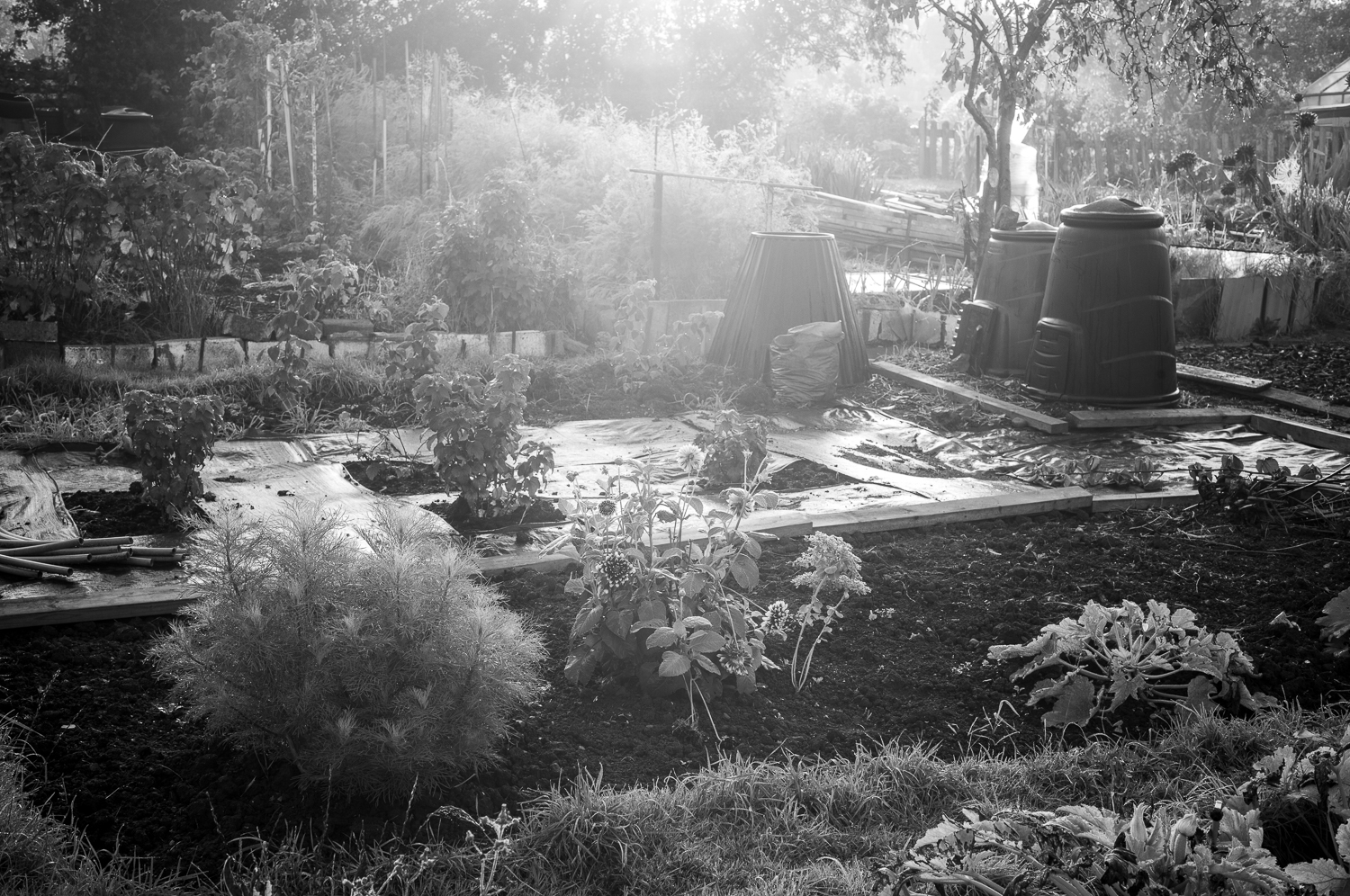Another lens made by DJ Optical. This is an original Optical Design, 10 element in 8 groups with 1 aspherical element. No floating elements. It is not a copy of a Leica lens.
Looking at the Thypoch Simera 50/1.4: closely based on the Asph Summilux 50/1.4.
So why did I pick this lens? It was lightly used and on Ebay for $240. That's about the same that the Canon 50/1.4 in LTM goes for, and about the same as what a Jupiter-3 in LTM is fetching. 1/3rd the price of the Thypoch and about the same as the Sales Tax on the Summilux. I have the TTArtisans 50/0.95, bought new from Popflash. Another under-rated lens. So this lens- cheap, and satisfies my curiosity.
 rangefinderforum.com
The 50/0.95- favored for the M Monochrom, use with a Yellow-2 filter.
rangefinderforum.com
The 50/0.95- favored for the M Monochrom, use with a Yellow-2 filter.

The M240 with Olympus EVF. The latter- bought when the Olympus EP2 was brand new in 2010. This combination, makes shimming and testing lenses very easy.
This lens was spot-on out of the box. HOWEVER: Infinity is not a hard-stop. The adjustable Cam has leeway on the far end. I'm used to that with Mirror lenses. It takes some getting used to. It is not much difference, Infinity is the Start of the symbol. Hard stop is the center. If I were to calibrate this lens for an Orange filter on the M Monochrom, I would need that tolerance.
And- just for those who want to know "Who is this guy, using an M240 with an EVF and a Modern lens, what has he done with Brian"- posed on my Panasonic CF-52 Toughbook that boots up in DOS.
Looking at the Thypoch Simera 50/1.4: closely based on the Asph Summilux 50/1.4.
So why did I pick this lens? It was lightly used and on Ebay for $240. That's about the same that the Canon 50/1.4 in LTM goes for, and about the same as what a Jupiter-3 in LTM is fetching. 1/3rd the price of the Thypoch and about the same as the Sales Tax on the Summilux. I have the TTArtisans 50/0.95, bought new from Popflash. Another under-rated lens. So this lens- cheap, and satisfies my curiosity.
TTartisans 50mm F0.95. Yet another addition to my need for speed.
Popflash had the Titanium Version of the TTArtisans 50mm F0.95 under $550 on Ebay. The filter size for the Titanium version is 62mm, less than the standard edition 67mm. Viewfinder blockage is less. As it is- a Hood on the lens will block the RF window at close focus. A vented hood helps. I had...
 rangefinderforum.com
rangefinderforum.com

The M240 with Olympus EVF. The latter- bought when the Olympus EP2 was brand new in 2010. This combination, makes shimming and testing lenses very easy.
This lens was spot-on out of the box. HOWEVER: Infinity is not a hard-stop. The adjustable Cam has leeway on the far end. I'm used to that with Mirror lenses. It takes some getting used to. It is not much difference, Infinity is the Start of the symbol. Hard stop is the center. If I were to calibrate this lens for an Orange filter on the M Monochrom, I would need that tolerance.
And- just for those who want to know "Who is this guy, using an M240 with an EVF and a Modern lens, what has he done with Brian"- posed on my Panasonic CF-52 Toughbook that boots up in DOS.
Last edited:







































